What You Need To Know About Good Database Design
Good Database Designs: The importance and features.
Databases are a key part of software applications today. Barely would you see an application that isn’t database driven in today’s world. By definition, databases are a collection of data to ensure easy accessibility, management and administration.
For software engineers and developers, there is some form of reluctance doing database design. Besides, it is the job of the database architect and database administrator to work with databases. The truth remains though, that if you would be writing software that is very dependent on the database, it should be taken seriously.
Knowledge of databases is a collective duty of everybody involved in the development cycle of a software project and those who are domain experts. Therefore the rest of this article should be very beneficial to everyone.
Importance of database design
Truth is, when working on small data driven applications, it is easy to just come up with a model and a software implementation almost immediately. However, when the application starts becoming complex. Then such hacks cannot be pulled off successfully as the database would not be scalable.
Consider a company like Facebook which has billions of users, this translates to billions of rows of data. The databases that power Facebook would not survive for long without a good database design. The entire process would crumble with only thousands of rows in the database.
To prevent such from happening adequate planning and database design needs to be put in place. The relationships have to be identified to ensure that the database is effective and has no redundant data.
With the GDPR policy in place, you do not want to have a database low in integrity which gives out wrong results for user queries. Nobody will use a service that isn’t trusted and trust starts from the database design.
When a properly designed database is in place, things become easier.
The need for a database design tool
Now that the importance of database design has been made clear, it is only reasonable to use available tools to get the best possible results. The higher the complexity of the database, the more reasons there are to use a database design tool.
Why?
It is almost impossible to do complex database design without a visualization tool, like DbDesigner.net

Database design tool increases productivity. A tool like DBDesigner’s database design tool for example uses the Unified Modeling Language (UML) which is the standard for database design. Database design tools ensure you focus on things that matter the most which are the data relationships.
For database architecture to be understood fully, appropriate visualization of the design is needed. DbDesigner.net helps database architects and other individuals involved in this process come up with better designs before implementation.
Collaboration is key in database design. With DbDesigner.net, everybody can put in their own effort to yield a powerful database design.
Database design tool like DbDesigner.net have reverse and forward engineering features to save you time and allow you to generate SQL scripts for all major database engines or export your database design to image files or PDF for visualization.
Features of a good database design
A good database is one with data integrity and security which efficiently yields results for queries, doesn’t have redundant data and allows for easy administration. Now that we know what the qualities of a good database are, we can proceed to the features that makes up a good design.
The features we will be looking at are from the normalization process. Normalization is the means by which data is fit properly into the database to cut down large chunks of unnecessary data, reducing redundancy to its minimum. Barely do you see a database without the first three normal forms, so let’s take a look at what they are and how they contribute to the making of a good database design.
First normal form (Atomic values in data):
A good database design needs to comply with the first normal form. In the summary, the first normal form ensures that values inputted in the database are in their smallest possible forms. This helps increase data integrity in the database, eliminating all possible cases of confusion.
Let’s take for example that we have a column in our database table called Name. Name is quite a vague column name as we could have first name, last name, middle name or a combination of the three. In some cases, the positioning of the names could also pose a problem.
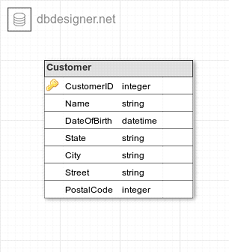
To solve this problem, the Name column should be broken down into different columns that would hold the smallest possible values. Therefore we can have a FirstName, MiddleName, LastName column, this leaves room for no confusion.
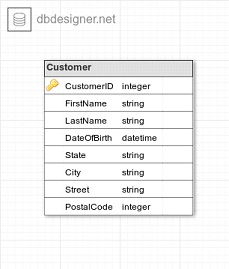
Second normal form (Appropriate dependency of data columns)
The same way a good database has to comply with the first normal form, it also has to comply with the second normal form. Luckily, the second normal form is dependent on the first normal form.
When designing databases, data integrity could really be a problem unless intentionally taken care of, such cases are seen when columns are added to the wrong tables. While the reason for doing so may be logically correct, it could be bad for the database design.
As an example, let’s take a look at this SalesStaffInformation table for a company. We have columns such as the EmployeeID, Sales person, Sales office, Office number.
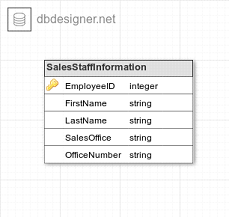
Asides complying with the first normal form, the second normal form requires that all the non-key columns of the table be dependent on the table’s primary key.
By the look of things, the Sales office, Office number columns are in no way dependent on the CustomerID. Therefore they should be moved to another table where it is more suited.
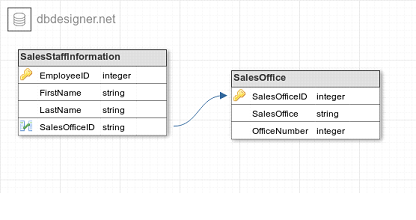
Third normal form (No redundant data):
Finally we would look at the third normal form. The third normal form also looks to eliminate redundant data to improve database performance.
The third normal form builds on the first normal form and second normal form. It requires that all the column references that are not dependent on the primary key should be removed and that no columns in a table should reference to another table except it is a foreign key.
The third normal form requires that there is no duplicate column across related tables. For example, we have an Order table and a Product table. In the Order table we have the product name and then in the Product table too we also have the product name. This is bad design as the ProductID and ProductName columns are being repeated in two tables leading to redundant data. Imagine how bad this would be if there were five to six repeating columns across different tables.
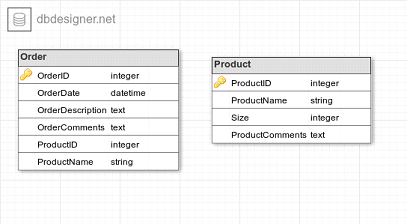
A possible solution would be to move the redundant columns to another table, linking both tables with a foreign key.
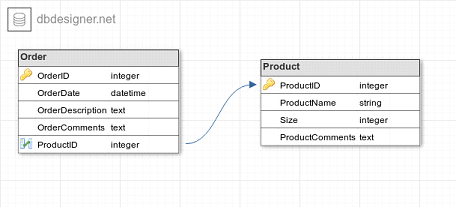
Wrapping it up
The need for database design tool in databases cannot be overemphasized. DB Designer makes the task of designing databases easier, ensuring that things can be done correctly.
If you are not already using a https://www.dbdesigner.net designer, you should get started by registering for free or try our tool as a guest

Recent Comments